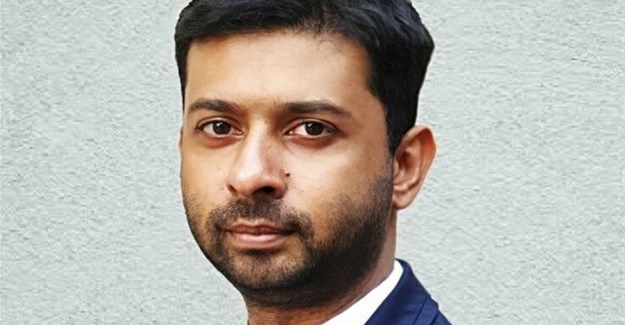
Based on current projects, clean energy could make up 40% of world's power base by 2050.
Govender explains that in President Cyril Ramaphosa’s recent address on his Economic Reconstruction and Recovery Plan, he outlined interventions to ensure that South Africa rapidly expands its energy generation capacity. “One of the key components of his plan revolves around the role that renewable energy will play in rebuilding the economy.”
Detailing the approach, Ramaphosa committed to finalising the IPP agreements to connect over 2,000MW of additional capacity from existing projects by June 2021, as part of a medium-term goal of bringing around 11,800MW of new generation capacity into the system by 2022.
But it’s not just about generating more energy, one of the biggest challenges that South Africa faces is grid reliability. The continuous bouts of load shedding have wreaked havoc on business. Acknowledging this issue, Ramaphosa said that the current regulatory framework will be adapted to facilitate new generation projects while protecting the integrity of the national grid. More importantly, it was noted that applications for own-use generation projects are being fast-tracked.
Investments into renewable energy have seen extraordinary growth over the past decade, with nearly R5trn being invested globally in renewable energy each year. This has seen extraordinary growth in wind and solar energy in the past decade, with their average price dropping 73% and 22% respectively. In the car manufacturing industry, companies investing in batteries has seen their price decrease 80%, with a further 60% reduction predicted this decade. This investment is seeing increased growth in the private sector in particular.
While solar and other renewables may only be a small part of the current total energy supply in economies, both the residential and commercial sectors are fast adapting to integrating renewable energy into the mix. In the US, for example, Google purchased 1,600MW from 18 different providers in 2019 – one of the largest acquisitions at the time. Locally, large businesses are doing the same – with Anheuser-Busch InBev connecting its breweries in South Africa to 8.7MW DC of distributed solar energy it procured through power purchase agreements (PPAs) with local PV systems operator, Sola Group.
In the industrial sector for example, the United Nations Industrial Development Organisation (UNIDO) points out that approximately three quarters of the energy used in the industrial sector is related to the production of energy-intensive commodities such as ferrous and non-ferrous metals, chemicals and petrochemicals, non-metallic mineral materials, and pulp and paper. With energy constituting one of the highest costs in overall production, companies are continuously looking at ways to drive these costs down – something that renewable energy sources provide a solution to.
Businesses are seeing the value of embedded electricity solutions for their supply chains. Apart from addressing energy shortfalls from national energy providers like Eskom, according to research by Deloitte, using renewable energy can help businesses across their supply chains by decreasing long-term costs, mitigating risk, driving new revenue, enhancing brand value, and improving employee engagement," he says.
This is where the renewable energy market, including solar PV, will play its biggest role. Not in being the all in one solution that everyone expects it to be. But rather the catalyst that helps to capacitate local municipalities, towns, business and entire industry sectors – providing a cheaper and more sustainable source of energy that allows them to reinvest, build and ultimately contribute to economic growth in the country.
According to the latest data from the United Nations, 85% of the global population has access to basic electricity services, up from 73% in 1990. While this has largely been through governments’ efforts in extending national grids, there has been a sharp increase in the demand for off-grid decentralised solutions.
Govender says that, unlike the traditional energy economy, renewable energy is a lot more decentralised. “This has a greater economic benefit to developing countries, particularly in Africa, who are able to grow their indigenous low-cost energy sources all while ensuring that the money stays largely in the region. Countries that were once importers of energy may become self-sufficient, even exporting electricity or hydrogen to other markets.”
This aligns with the UN’s Sustainable Development Goals, which require aligning new pools of capital, innovative decentralized distribution models, supportive public policy, and new technology applications.
In rural and remote areas across the continent, the true potential of decentralised electrification solutions is realised – providing more cost efficient and accessible energy where traditional grid infrastructure may not be possible or too costly.
With the right blend of policy and regulatory support, innovation and technical assistance, the African continent can catalyse the private sector players to take to scale, largely through renewable energy.